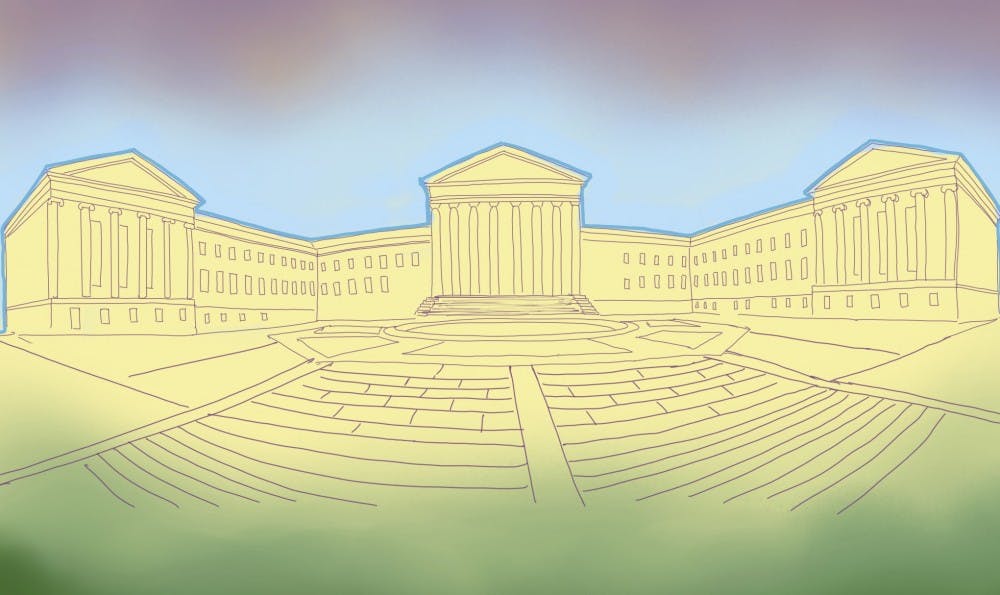You’ve been to the Philadelphia Museum of Art and probably heard of the Barnes. But Philadelphia is a city thriving in small museums and galleries that are often overlooked in the age of mega–institutions. Between Little Berlin, the Colored Girls Museum, and the Woodmere Art Museum, there’s so much in Philly still to see outside of the typical touristy art spots.
The fact of the matter is that small museums are cozier. They’re more personal, and through their inventiveness, evoke a deeper experience. With the national, encyclopedic museums like the Louvre or Met showcasing a wide range of pictures and objects, the exhibits are almost detached, lost in the crowd of the hundreds of others waiting to be seen.
In comparison, the smaller ones always highlight particular individuals or aspects in depth. The PMA has 30 works by Joan Miró, but how many visitors would remember seeing or even paying attention to one? But at Fundació, a museum completely dedicated to his work in Barcelona, the visitor learns not just about the art, but also the artist. It gives a rare understanding of his creative process: how he was influenced by not only Surrealism, but also the native landscape and artistic heritage of where he grew up. By nature of it being small, the museums are able to recreate a specific ambiance, allowing viewers to experience the inner worlds of those featured.
As to the larger, grander museums, they narrate the story from a more historical and broader point of view. They focus on the works’ aesthetic beauty or importance as artifacts—artifacts largely detached from the artist and the present viewer. In that sense, there’s little to no personal connection. Sure, the massive and highly symbolic institutions convey a sense of creative energy and a wealth of history, but places smaller and equally innovative create a home.
In Philly, there’s the Fabric Museum, dedicated completely to screen printing that makes functional objects on fabric (though definitions of “function” and “fabric” have since broadened). There’s The Colored Girls Museum, honoring the experience of the Colored Girls. There’s Little Berlin, which is curated by 11 people (one of whom was alum Terrill Warrenburg), with only one feature in the main gallery.
Smaller museums are alive with sympathetic insight into the fragile histories or feelings of individual human beings; they examine objects in a more personal context and the audience gets to experience the pleasures of comprehending that depth of meaning resulting from the connection between objects and personal dramas, and to actually feel that metaphysical sense of another world that all museums are supposed to convey. Then there comes a sense of wholeness, a specific atmosphere that is generated from the gathering of more detailed stories, insights, and works of a particular group or person.
This is not to say that small and focused museums are through and through more important or praiseworthy. It’s to say that as smaller and more local museums, they have hardly garnered the attention they deserve. For example, in the case of the ICA, because of its size and nature as a contemporary art museum, it’s fast, it’s flexible, it’s free. All of this makes it more accessible to the intricacies of individual stories. The innovative solo exhibitions of underexposed artists and the museum’s resolution to institute a standardized wage for its artists are just not as likely to be achieved as in large museums.
The display of a small museum is not simply a plot of a story, but a mood. It’s a mood reflecting the museum’s individuality that tells of the story’s essence.

